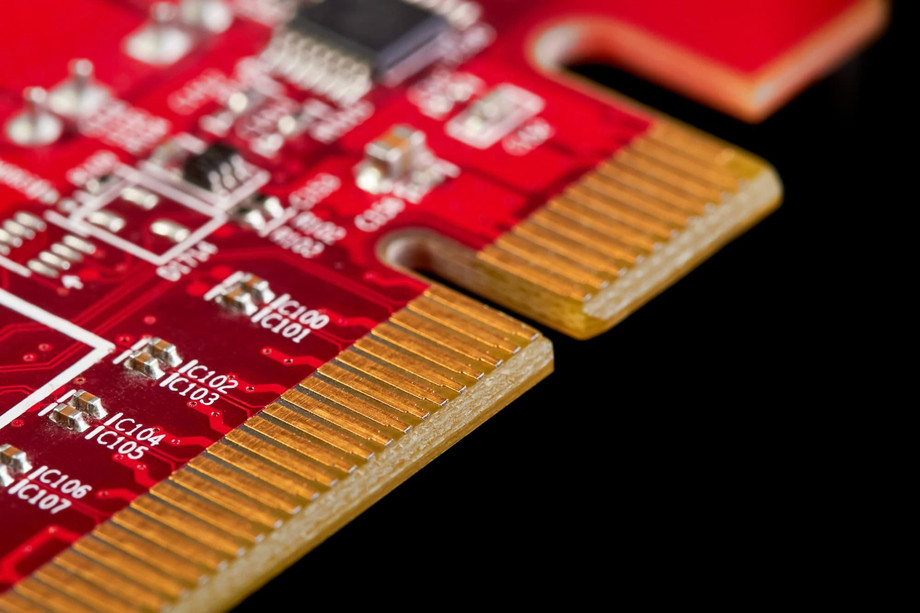In today's rapidly evolving technological landscape, security remains a top priority for businesses and individuals alike. Traditional security measures are often insufficient to counter sophisticated threats, leading to a surge in the adoption of biometric security systems. These systems utilize unique biological traits—such as fingerprints, facial recognition, and iris scans—to verify identity, offering a higher level of protection than conventional methods. To further enhance the efficacy and reliability of biometric security, the integration of embedded hardware solutions is becoming increasingly critical. This blog explores how embedded hardware is transforming biometric security systems, improving performance, and ensuring data integrity.
The Role of Embedded Hardware in Biometric Systems
Embedded hardware serves as the backbone of biometric security systems. It comprises specialized components designed to perform specific tasks efficiently and reliably. In biometric systems, embedded hardware is responsible for processing data from various sensors, executing algorithms for recognition, and managing data storage and communication.
1. Sensor Integration and Performance
Biometric systems rely heavily on high-quality sensors to capture accurate data. Embedded hardware solutions enable the seamless integration of advanced sensors, such as capacitive fingerprint sensors or high-resolution cameras for facial recognition. These solutions can significantly improve the speed and accuracy of data capture. For instance, the use of dedicated digital signal processors (DSPs) in embedded hardware allows for real-time processing of sensor data, ensuring swift authentication without compromising security.
Moreover, advancements in embedded systems facilitate the use of multimodal biometric systems, which combine various types of biometric data for enhanced security. By leveraging embedded hardware, systems can process multiple inputs simultaneously, increasing both security and user convenience.
2. Enhanced Security Features
One of the critical advantages of using embedded hardware in biometric security systems is the ability to implement robust encryption and authentication protocols. Biometric data is sensitive; therefore, protecting it from unauthorized access is paramount. Embedded hardware solutions can incorporate hardware-based security features, such as secure enclaves or hardware security modules (HSMs), that provide a secure environment for processing and storing biometric data.
Additionally, these solutions allow for the implementation of anti-spoofing measures. For example, some embedded systems can use infrared sensors or liveness detection algorithms to verify that the biometric trait being presented is from a living individual rather than a replica or a photograph. This capability significantly enhances the system's resilience against fraudulent attempts.
3. Energy Efficiency and Scalability
Energy efficiency is another significant benefit of embedded hardware solutions. Many biometric systems are deployed in environments where power supply is limited, such as remote locations or portable devices. Embedded systems are designed to consume minimal power while delivering high performance. This capability allows for longer operational times without the need for frequent recharging or battery replacement, making biometric solutions more practical for a broader range of applications.
Furthermore, embedded hardware is inherently scalable. As organizations grow, their security needs often evolve. Embedded solutions can be designed to accommodate additional sensors or integrate new biometric modalities without necessitating a complete system overhaul. This flexibility allows businesses to adapt their security infrastructure in response to changing threats or requirements efficiently.
Applications of Embedded Hardware in Biometric Security
The integration of embedded hardware solutions into biometric systems is paving the way for innovative applications across various sectors.
1. Financial Services
In the financial sector, biometric authentication is becoming a standard practice. Banks and financial institutions are adopting biometric systems to enhance customer security while simplifying the user experience. For example, embedded hardware enables the use of fingerprint or facial recognition for secure transactions, reducing the need for traditional PINs or passwords.
2. Healthcare
In healthcare, the confidentiality of patient data is crucial. Biometric systems powered by embedded hardware ensure secure access to sensitive information, allowing healthcare professionals to authenticate their identities swiftly and securely. This technology not only protects patient data but also streamlines operations, as caregivers can access records quickly without the need for cumbersome authentication processes.
3. Government and Law Enforcement
Governments worldwide are increasingly implementing biometric systems for identity verification in various applications, including border control, national identification programs, and criminal investigations. Embedded hardware solutions enhance the reliability and efficiency of these systems, ensuring that they can handle large volumes of data while maintaining high security standards.
Conclusion
The integration of embedded hardware solutions into biometric security systems is revolutionizing how we approach security in an increasingly digital world. By enhancing sensor performance, implementing robust security features, and ensuring energy efficiency, these solutions provide a comprehensive framework for protecting sensitive information and verifying identities. As biometric technologies continue to evolve, the role of embedded hardware will undoubtedly become even more crucial, offering innovative solutions that meet the demands of an ever-changing security landscape.
Investing in advanced biometric security systems powered by embedded hardware not only ensures enhanced protection but also builds trust with users and stakeholders. As we move forward, organizations must embrace these technologies to safeguard their assets and maintain a competitive edge in a world where security is paramount.
To Know More About embedded hardware

